“The goal of early childhood education should be to activate the child’s own natural desire to learn”.
Maria Montessori
“The goal of early childhood education should be to activate the child’s own natural desire to learn”.
Maria Montessori
Practical Life Exercises can be categorized into four different groups: Preliminary Applications, Applied Applications, Grace and Courtesy, and Control of Moment.
In the Preliminary Exercises, the child learns the basic movements of all societies such as pouring, folding, and carrying.
In the Applied Exercises, the child learns about the care and maintenance that helps everyday life. These activities are, for example, the care of the person (i.e the washing of the hand) and the care of the environment (i.e dusting a table or outdoor sweeping).
In the Grace and Courtesy Exercises, the children work on the interactions of people to people.
In the Control of Movement Exercises, the child learns about his own movements and learns how to refine his coordination through such activities as walking on the line.
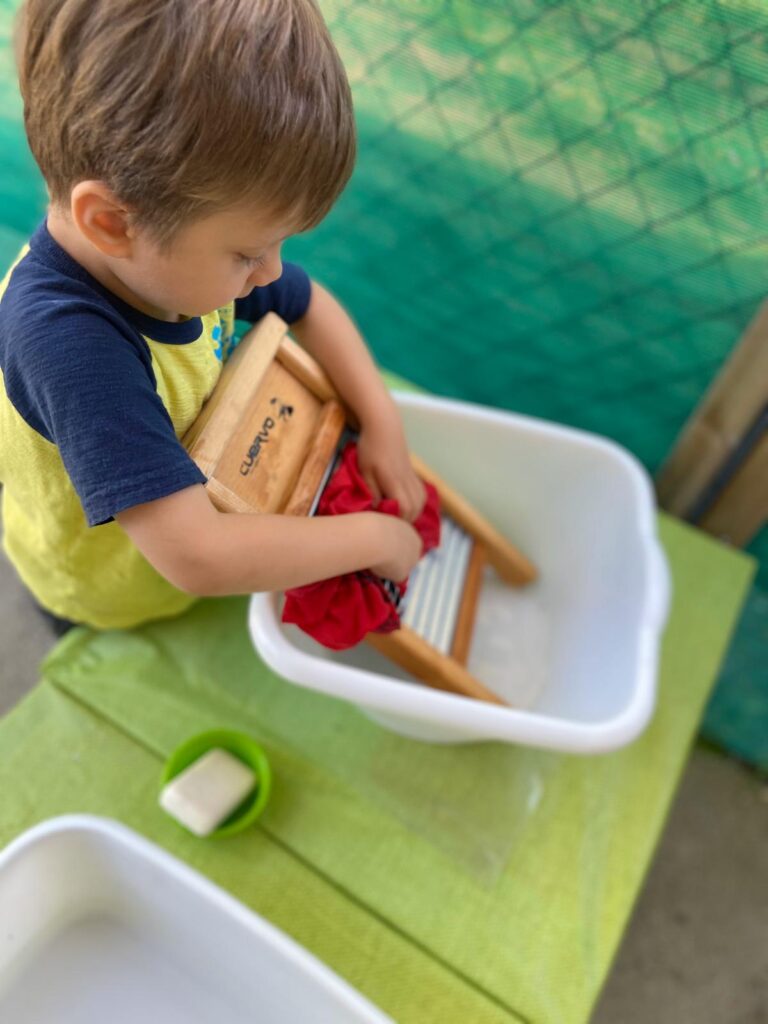
“The child has a mind able to absorb knowledge. He has the power to teach himself.”.
Maria Montessori
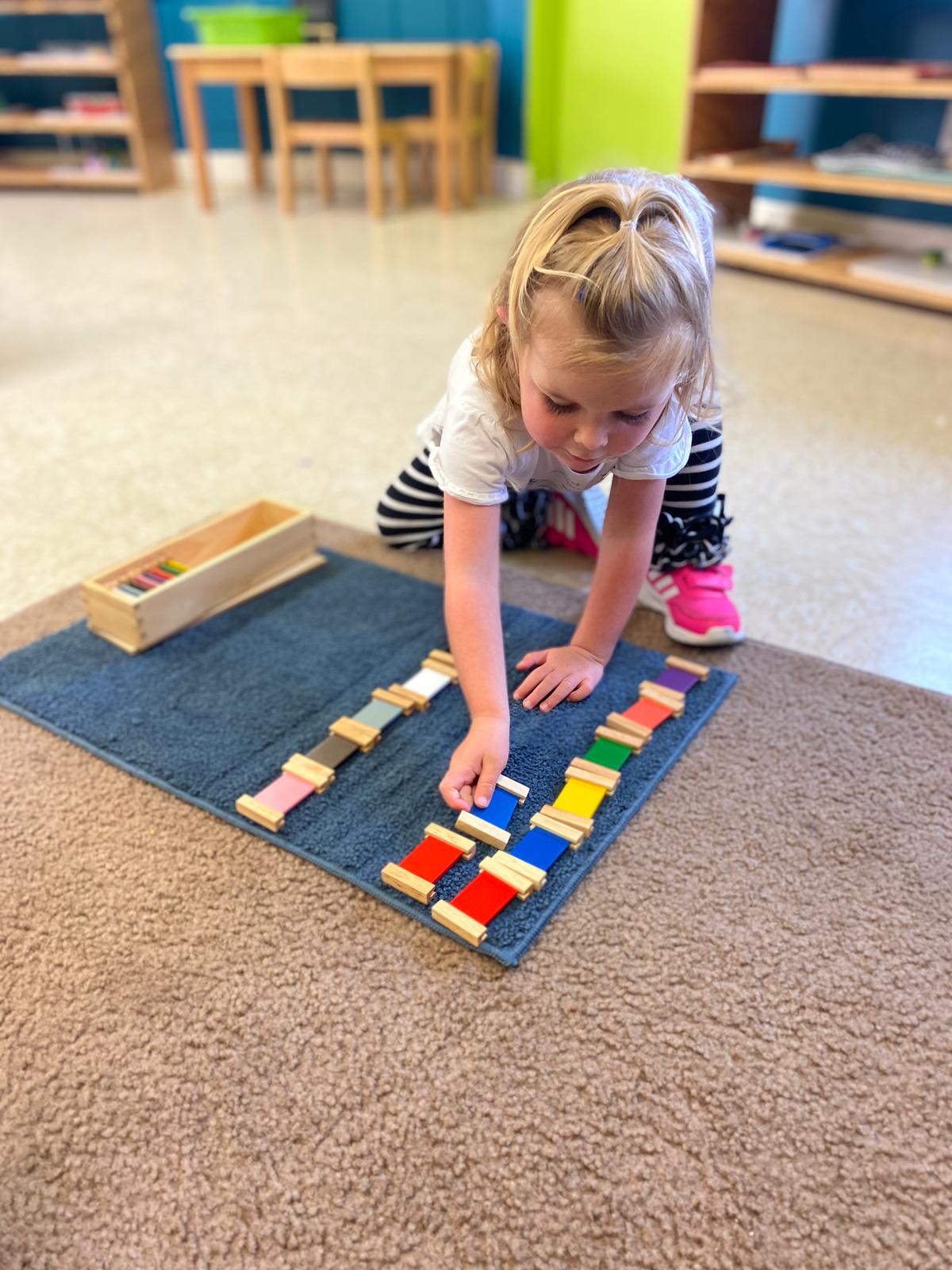
The purpose and aim of Sensorial work are for the child to acquire clear, conscious, information and to be able to then make classifications in his environment. Montessori believed that sensorial experiences began at birth. Through his senses, the child studies his environment. Through this study, the child then begins to understand his environment. The child, to Montessori, is a “sensorial explorer”.
Through work with the sensorial materials, the child is given the keys to classifying the things around him, which leads to the child making his own experiences in his environment. Through the classification, the child is also offered the first steps in organizing his intelligence, which then leads to his adapting to his environment.
“To teach details is to bring confusion; to establish the relationship between things is to bring knowledge.”.
Maria Montessori
To help the child in his development in language, the Montessori classroom is designed to help the child reach the 3rd period of consciousness. Because the learning of language is not done through subjects as in a normal classroom, the child is learning at his own rhythm.
This allows the child to concentrate on the learning of each important step in language so that each progressive step is done easily and without any thought on the part of the child.
The special material also plays an important role in aiding the child develop the powers of communication and expression, of organization and classification, and the development of thought.
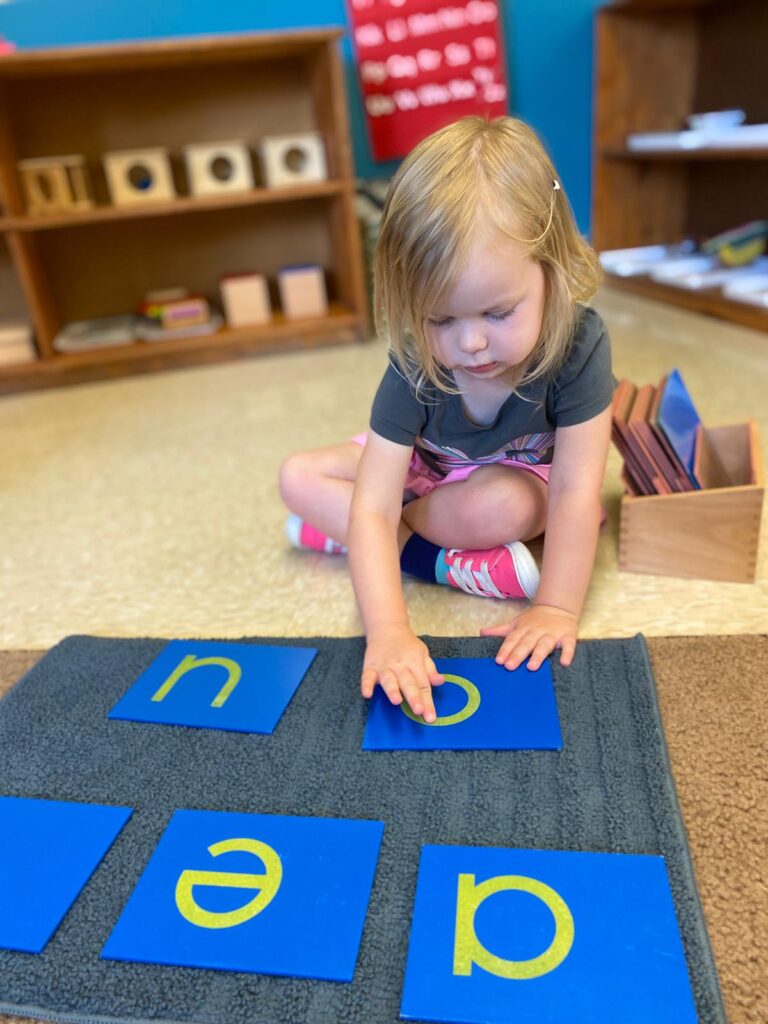
“The secret of good teaching is to regard the child’s intelligence as a fertile field in which seeds may be sown, to grow under the heat of flaming imagination.”.
Maria Montessori
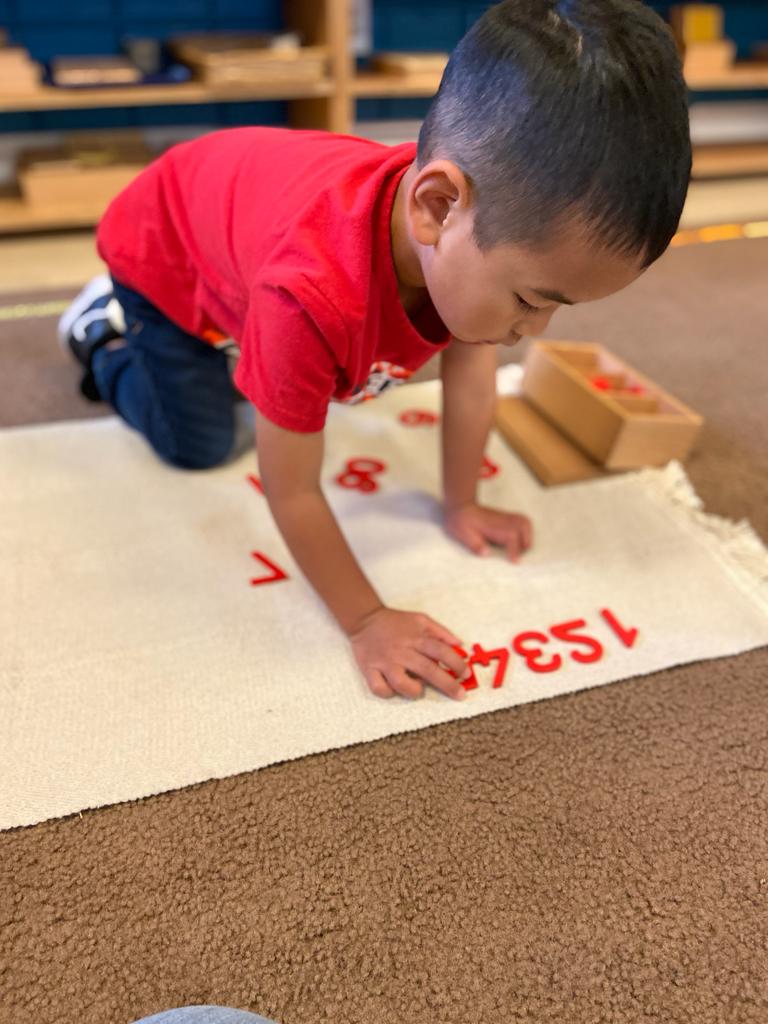
The ability to count, to compute, and to use numerical relationships are among the most significant among human achievements.
In the Montessori classroom, five families with math are presented to the child: arithmetic, geometry, statistics, and calculus.The special material also plays an important role in aiding the child develop the powers of communication and expression, of organization and classification, and the development of thought.
More precisely, the concepts covered in the Primary class are numeration, the decimal system, computation, the arithmetic tables, whole numbers, fractions, and positive numbers. We offer arithmetic to the child in the final two years of the first place of developments from age four to age five and six.
“We discovered that education is not something which the teacher does, but that it is a natural process which develops spontaneously in the human being”.
DR. MARIA MONTESSORI
The Montessori Cultural Studies curriculum provides children with an opportunity to explore the larger world.
Cultural Studies also introduces children to the physical world that surrounds them, providing them with the opportunity to explore real things, and learn the scientific names for plants and animals.
The Cultural curriculum refers to an integrated study that includes History, Biology, Geography, and Physical Science, as well as the Arts.
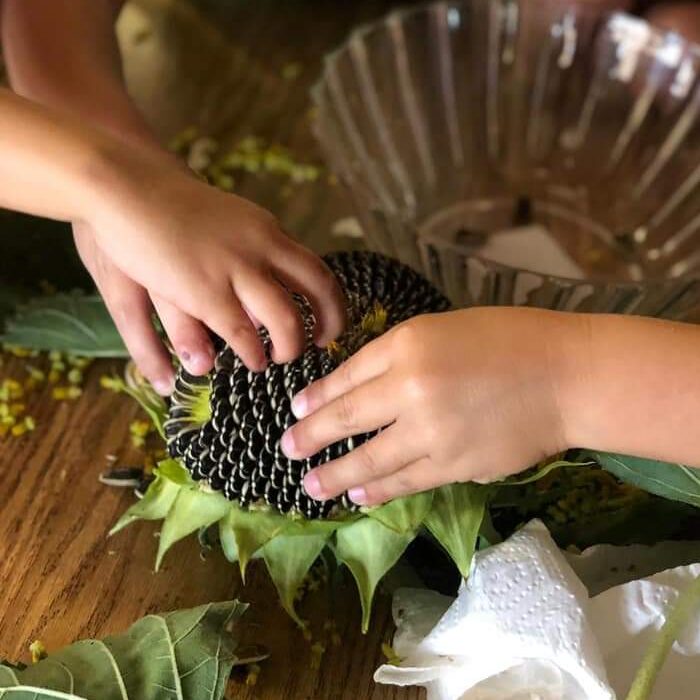
“There must be provision for the child to have contact with nature; to understand and appreciate the order, the harmony and the beauty in nature.”.
Maria Montessori
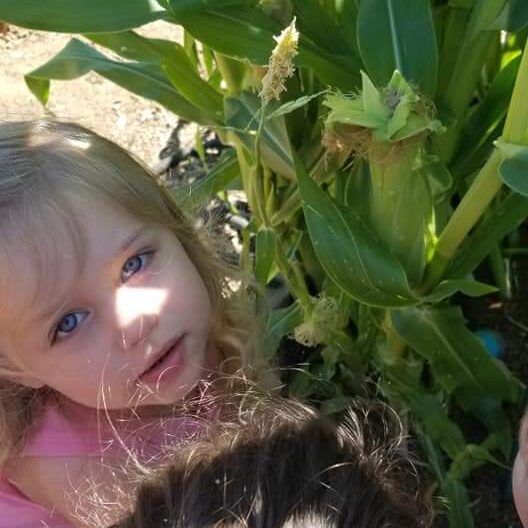
Within the Primary classrooms where we are introduced to practical life work and lessons, care of the environment is a key component to the relationship and connection young children have to their space
Part of the role of the guides (teachers) in this area is to help each child develop her awareness of the environment by continually providing them with points of interest.
“As inhabitants of the earth, we are nourished and sustained by Mother Earth who provides us our food and all the resources for life. If she is healthy and well, we will be healthy and well. Our fates are intertwined.”
Dharma Master Cheng Yen